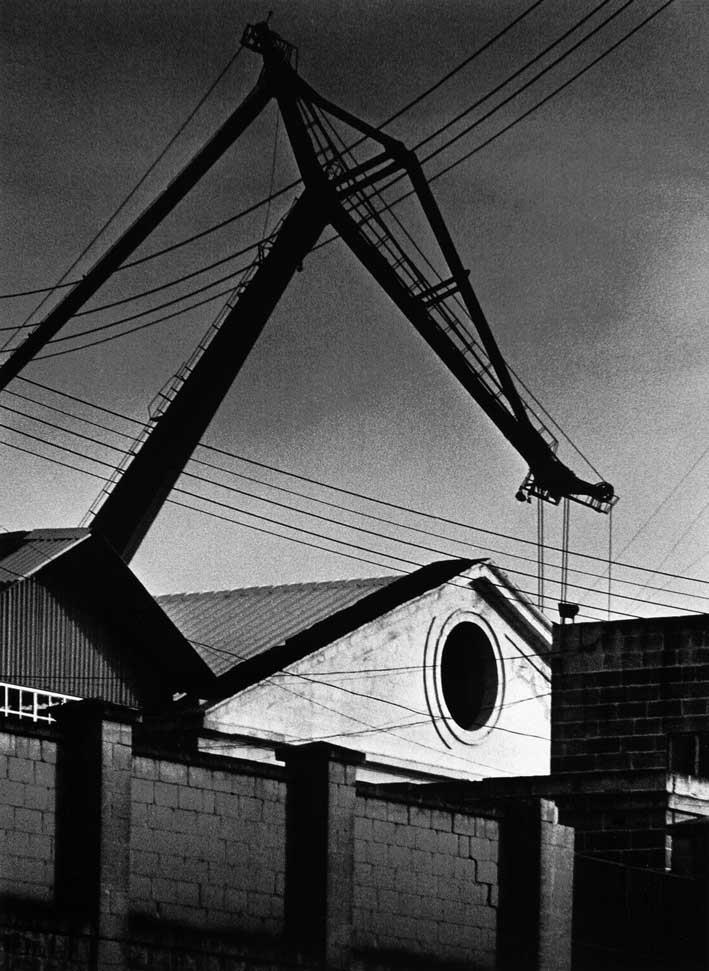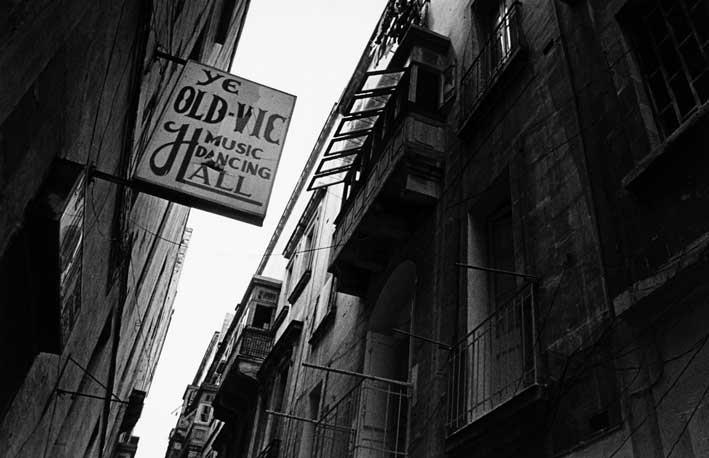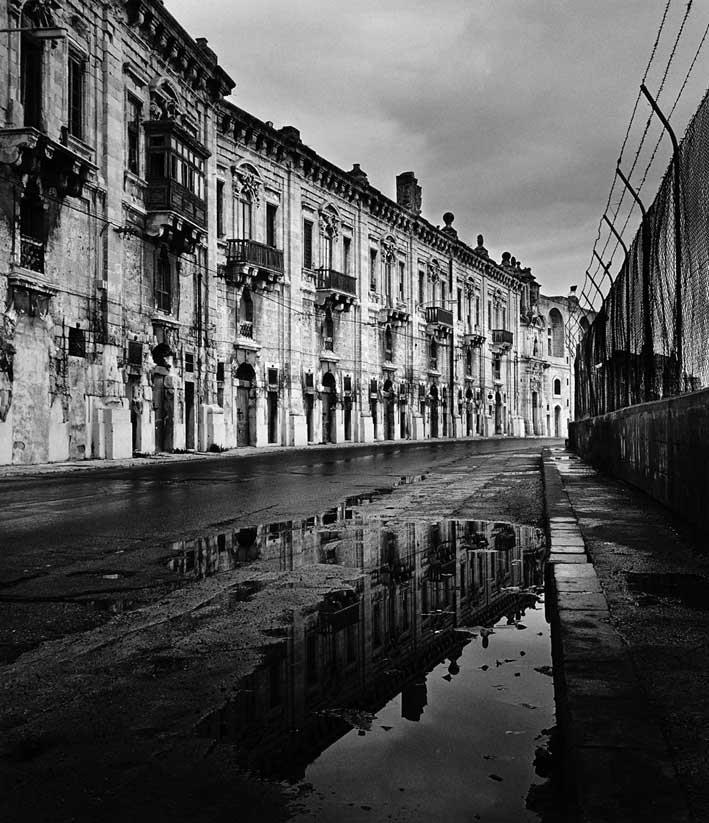The destruction of City Gate in 2011 marked the end of an era for photographer David Pisani. After taking photographs of the capital for 29 years, he felt that the physical demolition of the gate was also the metaphorical destruction of the Valletta he knew.
Acting as a visual record, especially when constant over time, photography can provide us with a significant insight into the alteration or transformation of a subject - be it a place, a situation or a person.
It was in 1982 that photographer David Pisani began taking photographs of Valletta, a city to which he has always felt somehow intrinsically connected. The grandson of the former owner of Valletta's iconic Wembley Store, it is no surprise that David spent a large part of his childhood in and around Valletta, despite not actually living in the city.

"I always thought the place was amazing. It was falling to pieces, but it was an erotic place for me: the light, the buildings, the people. You could say that I had an ongoing platonic relationship with Valletta," he said. "I used to love just being there and would use any excuse to go to Valletta. I think many people have felt like this about the city."
David's first photographs of the city were taken when he was about 17 years old, a collection of images slowly built up from 1982 to today. Taking the title 'Vanishing Valletta', the entire project will be exhibited for the first time at Spazju Kreattiv between 21 December and 27 January.

Many people remark on how much our capital city has changed in just a few years, let alone over several decades, but David has actually caught that transformation on camera, having been an active observer throughout those changes. Having studied the city closely for more than three decades, I wonder what David has noticed in particular during that time and what differences he has perceived between 1982 and 2011 - the date when the project ended.
"In 1982, Valletta was in a state of semi-abandonment," he said, "although hidden parts of it were still alive. In the morning there would be a bustle of people going into offices and then by the evening, the place would seem totally quiet. If you stayed on, however, you could witness real life in Valletta, the daily realities of Manderaggio, the lives of the people who lived in Valletta. In reality, this does not really exist any longer, as the vast majority of these people have moved out of the city."

In itself, the word 'vanishing' implies movement, time and dynamics. For David, the realisation of this movement came 18 years after the initiation of the project. "I started seeing the changes in around the year 2000, and that was when I coined the name 'Vanishing Valletta'. Part of the collection was first exhibited in Paris under the title 'La Valette et le Grand Port - Portrait d'une Capitale Maritime' (La Valette and the Grand Harbour - a Portrait of a Maritime Capital). The emphasis was very much about the harbour area, which is where it all started."

One part of Valletta that really intrigued the photographer over the years, and indeed has a strong link with the maritime aspect, is Strait Street. "Strait Street was where you could really experience Valletta," he says. "For all its bad reputation, the street was very much alive and there was something very unique there."
For David, what he captured in the early stages of his project has indeed vanished. The feel of the city, which he found so strong back then, is not the same today. "I am not against evolution," he assured me. "Cities always evolve. What I documented was something that has been lost. To me, it was this atmosphere that I don't feel today as I walk through Valletta. Certain elements have disappeared, not just architecturally but also demographically.
"Despite all the criticism you can throw at Valletta, it still retains a lot of its architectural character, unlike many other cities in the world. I feel that we are doing a good job of restoration, but a city needs residents, not just the day-trippers. A city changes a lot when the residents move out and are replaced by 'Airbnbers', who do not have the same relationship with it as the residents used to have. The last few remaining residents are literally the ones who are brave enough to stay."
The exhibition Vanishing Valletta will consist of 192 original, hand-printed photographic prints toned by the artist in his darkroom and will provide not only a memorable glimpse into the history of our capital, but also an intriguing journey through the rapid transformation of a place, and a starting point that will cause visitors to think about where we are now and where our beloved capital is heading.
Vanishing Valletta is endorsed by Valletta 2018 and Pafos 2017 European Capital of Culture as joint partners under the project title "A Tale of Two Cities" and is part of theSpazju Kreattiv program.
The exhibition is sponsored by ZETurf, Computime Ltd, APS Bank, Express Group and Corinthia Group. It will be open at Spazju Kreattiv between the 21 st of December 2018 and the 27 th of January 2019. More information on www.vanishingvalletta.com.